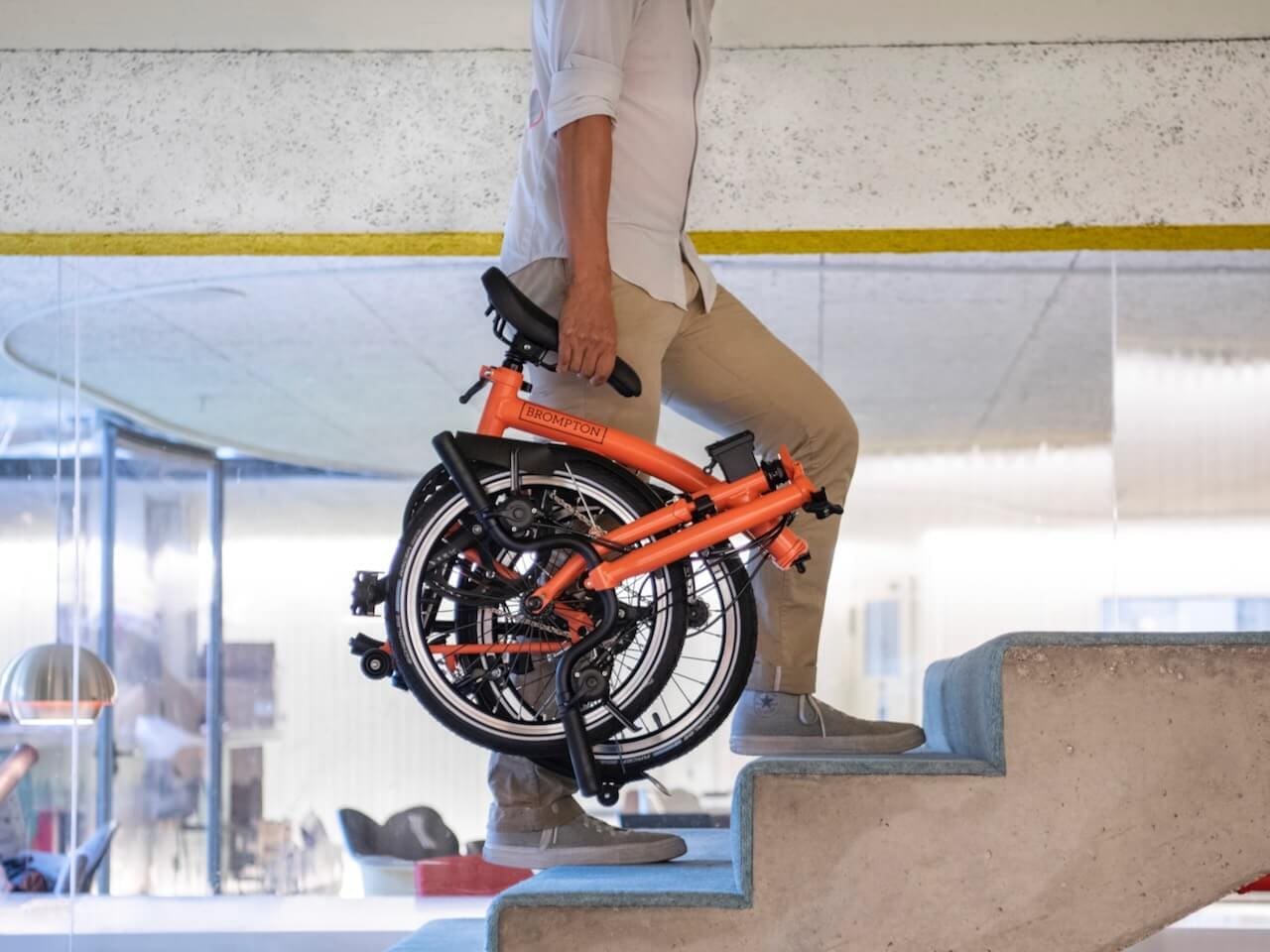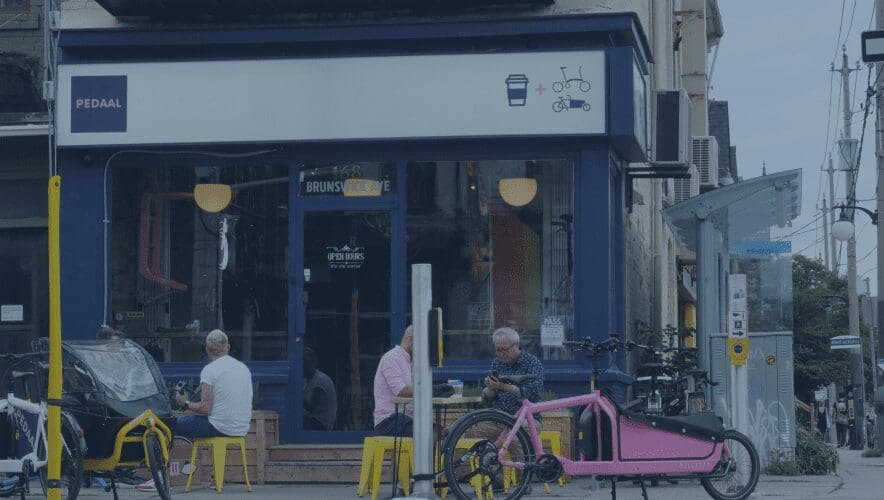Folding bikes tend to spark curiosity. With their compact frames and tiny wheels, they naturally raise a few questions: How do they ride? Are they safe? Are they worth it?
This article dives into exactly that.
Folding bikes aren’t just clever feats of engineering—they’re practical solutions for commuters, travelers, and everyday riders who want convenience without compromise.
They’re made for people who value portability, space-saving design, and the freedom to ride and stash their bike just about anywhere.
But they’re not for everyone. Understanding the benefits, the trade-offs, and who they’re really built for will help you decide if one fits your lifestyle.
They’ve actually been around for over a century—originally built for soldiers who needed a bike that could go wherever they did. Today, they’re a go-to for city dwellers and multi-modal commuters trying to make the most of limited space and crowded transit systems.
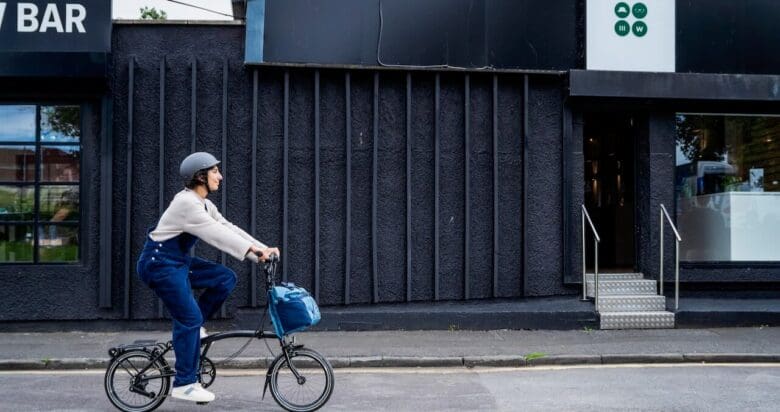
So, What Exactly is a Folding Bike?
A folding bike is a bicycle that folds into a compact shape for easy storage and transport. It uses hinges or quick-release mechanisms to collapse quickly.
Originally developed for military use in the early 20th century, folding bikes have evolved into a practical choice for urban commuters, travelers, and anyone who values portability without sacrificing utility.
The Pros and Cons of Folding Bikes
Folding bikes offer standout convenience. Their compact design makes them easy to store in small apartments, office spaces, or public transport. They’re ideal for commuters who need to carry their bike on a train or stash it under a desk.
They also eliminate the need for external bike racks or locks in many cases—you can just bring them inside with you.
On the downside, folding bikes can be heavier or more expensive than standard bikes of similar quality. Their smaller wheels may feel less stable or smooth on longer rides, especially over rough terrain.
They typically aren’t built for high speeds or extreme performance, which might be a consideration for some riders.
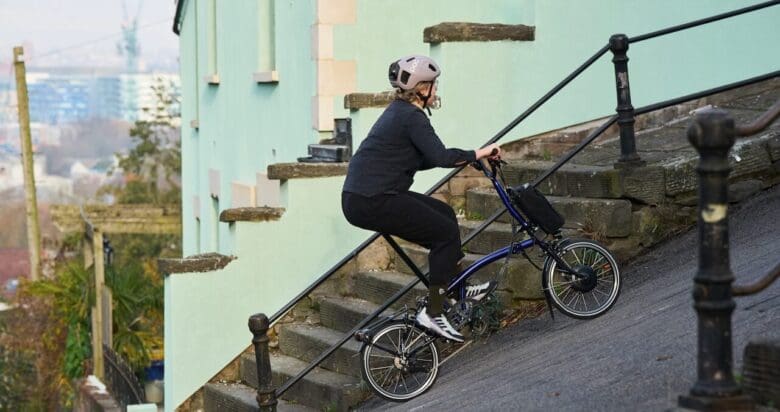
The Last Mile Advantage
One of the biggest benefits of folding bikes is how well they handle short, everyday urban trips — especially the kind that are too far to walk but too close to drive.
In transit planning, this is called the “last mile” — the distance between a transit stop and your destination, or between home and a station. It’s rarely one literal mile. In fact, most city trips happen within a 7.5 km radius. And for that distance, folding bikes are tough to beat.
They’re faster than walking, more flexible than public transit, and far easier to manage than a car stuck in traffic or looking for parking.
Compact, Portable, and Theft-Resistant
Regular bikes can introduce headaches, like condo storage in basement levels, theft risk when parked outside, or complicated setups that aren’t ideal for city riding.
Folding bikes eliminate most of those friction points. You can bring them straight into your building, stash them under your desk, or check them like a coat. (We’ve even brought Bromptons into restaurants, art galleries, and airports without issue.)
Because they’re designed to fold small, you don’t need to worry about outdoor racks, bulky locks, or finding a place to stash them. They go where you go.
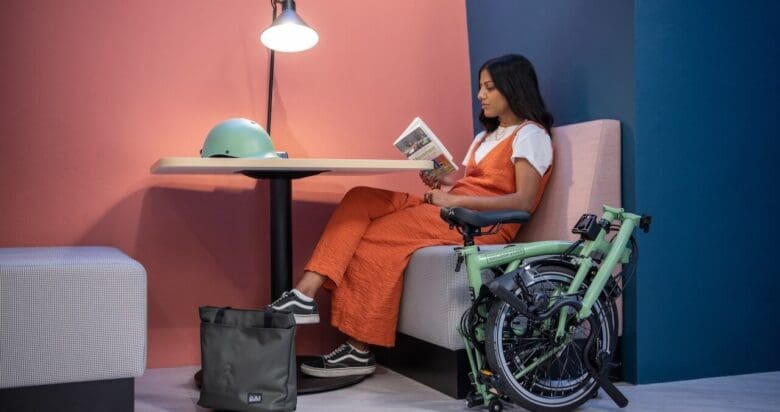
Fast Starts, Fun Rides
If you’ve never ridden a folding bike, the first test ride might surprise you. People often expect them to feel twitchy or unstable, but many are the opposite: zippy, fun, and easy to handle.
That’s because small wheels have a natural advantage in city environments. They accelerate quickly, turn responsively, and handle stop-and-go traffic better than larger wheels built for cruising or racing.
And let’s face it — in urban riding, top speed matters less than maneuverability. Folding bikes are built for short, dynamic trips, not long hauls at high velocity. That makes them incredibly efficient tools for real-world mobility.
Why Geometry Matters: The Folding Bike “Math”
A great folding bike doesn’t just fold small; it also rides like a full-sized bike when unfolded. That balance depends on more than just looks; it’s all about the math.
Specifically, the wheelbase.
The wheelbase is the distance between the front and rear wheels. Bikes with short wheelbases can feel twitchy or unstable, especially if they also have small wheels. The magic of a well-designed folding bike is that it keeps the folded size tiny, while unfolding to a geometry that rides big.
Take the Brompton, for example. Folded, it measures just 3.1 cubic feet; small enough to fit in an overhead bin. Yet its wheelbase stretches to 1045mm, comparable to many full-size bikes. That gives it intuitive, stable handling that tracks straight and doesn’t require constant micro-adjustments.

By contrast, many Dahons and Terns have wheelbases around 1025mm and take up nearly double the space when folded. They’re convenient, but they often feel less confident on the road. Their handling can be reactive, even “fidgety,” especially when cornering or riding at speed.
That’s the design trade-off: small fold, big ride. And not every folding bike nails it.
Types of Cyclists Who Pick Folding Bikes
Folding bikes appeal to a wide range of riders, not just city commuters. From frequent travelers to weekend leisure riders, different types of cyclists are drawn to the portability, convenience, and space-saving benefits these bikes offer.
Let’s take a look at a few common profiles of people who choose folding bikes over traditional ones.
The City Rider
Folding bikes were originally created to solve a very British problem: linking daily life with a train-based commute. In cities like London, where trains, not cars, shaped urban development, people needed a way to get from home to the station and from the station to work.
Enter the folding bike. Small enough to carry on transit. Fast enough to cover short trips. And portable enough to eliminate the need for a car altogether.
The same applies today. Folding bikes offer unmatched door-to-door flexibility in any city where traffic and parking are a headache.

The Recreational Rider
Folding bikes aren’t just for weekday commuters but also great for weekend getaways and travel.
Models like the Brompton pack down small, making them easy to load into a car trunk, check onto a plane, or even take on international trips. We’ve seen riders tour entire cities, coasts, and countryside routes with a folding bike by their side.
What sets bikes like the Brompton apart is that they’re built for city performance and travel convenience, something most recreational folding bikes (like Dahon or Tern) don’t quite match.
If you want one bike that does it all, portability included, a higher-end folding bike is worth the investment.
Folding bikes may not be built for the Tour de France, but that doesn’t mean they can’t perform. In fact, a surprising number of folding bike riders are serious cyclists who log long distances, travel with their bikes, or even race them.
Take Brompton’s CHPT3 edition, a lightweight model developed in collaboration with British road cycling champion David Millar. With high-pressure tires, an aggressive riding position, and refined geometry, it’s built for speed. There’s even a Brompton World Championship race (yes, formalwear required).
But performance isn’t just about speed; it’s about endurance and versatility.
For touring cyclists or adventure travelers, folding a bike into checked luggage can unlock affordable, spontaneous travel. That’s where a Brompton shines again: quick to pack, surprisingly capable over long distances, and well-balanced even with gear.
Brompton hits that sweet spot: one bike that commutes, travels, and explores – without compromise.
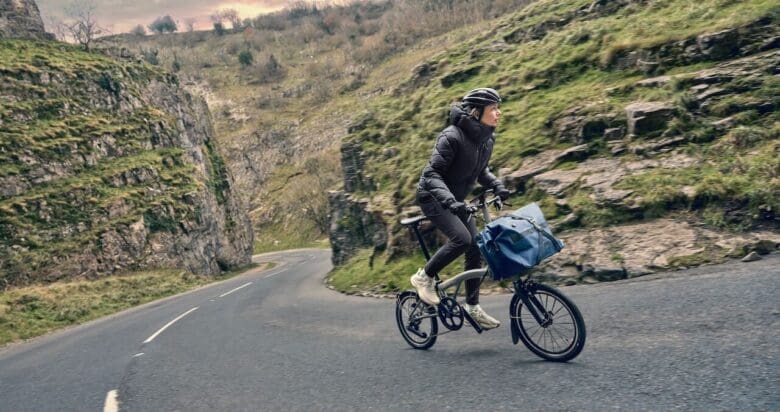
A Quick Note on Brands and Design Philosophy
Brompton is often considered the gold standard of folding bikes, and for good reason. Designed to navigate the narrow exits and tight quarters of the London Tube, its core strengths are:
- A compact fold
- Quick folding/unfolding
- A surprisingly smooth ride.
Those three pillars — ride quality, foldability, and portability — are key when evaluating any folding bike. If it misses one of those, it’s probably not worth your money.
Other brands like Dahon and Tern have carved out their own niche, mostly in the recreational space.
They’re often more affordable but designed with different priorities. They’re sometimes meant to fit in a car rather than replace one. They’re still useful, just with a different use case.
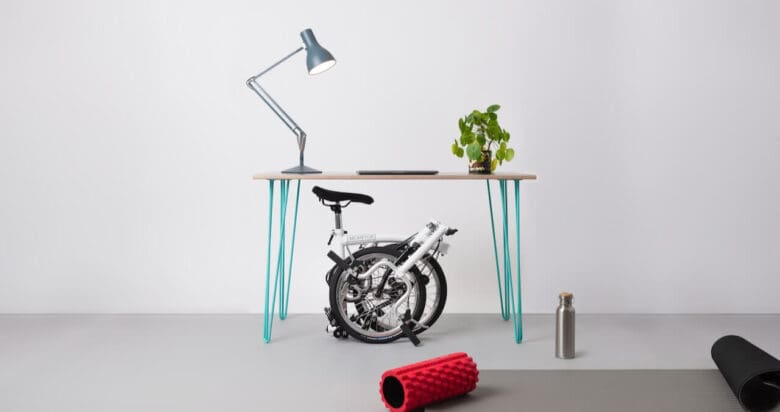
Ready to Ride Smarter?
If a folding bike is the right fit for your lifestyle, we’ve got you covered. At Pedaal, we carry a curated selection of folding bikes, including the iconic Brompton, chosen for their performance, portability, and everyday practicality.
Explore our collection here: Shop Folding Bikes
Whether you’re commuting across town or planning your next adventure, there’s a folding bike built for it.
Frequently Asked Questions
Are Folding Bikes Safe?
Yes, folding bikes are generally safe if used as intended and properly maintained. Modern designs use durable materials and reliable locking mechanisms to ensure stability, even during daily commutes or longer rides.
That said, like any bike, safety depends on how it’s built and ridden. Regularly checking hinge locks, tire pressure, and brakes is essential. Stick to reputable brands, and a folding bike can be just as dependable as a traditional one.
Are Foldable Bikes Difficult to Ride?
Foldable bikes aren’t difficult to ride, but they can feel slightly different at first, especially if you’re used to a full-size bike. The smaller wheels and shorter wheelbase can make the ride feel quicker and more responsive, which some riders enjoy and others need time to adjust to.
Once you’re familiar with the handling, most folding bikes ride smoothly and confidently on city streets or bike paths. For everyday commuting and casual use, they’re easy to get used to and comfortable enough for most distances.
Are Folding Bikes Worth It?
For many cyclists, absolutely.
Folding bikes have come a long way from their commuter-first origins. Today’s best models blend compact folding with solid ride quality, smart geometry, and surprising versatility. Whether you’re navigating a crowded city, heading out on a weekend adventure, or planning a trip abroad, a well-designed folding bike can handle it all.
And when a bike does that much, it’s not just a second option – it might be the only one you need.

